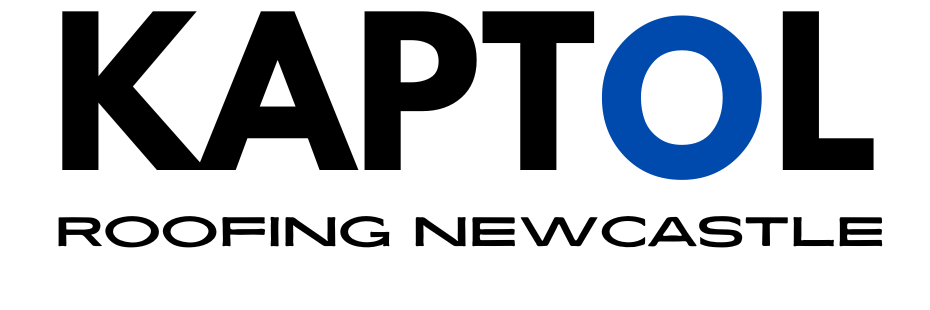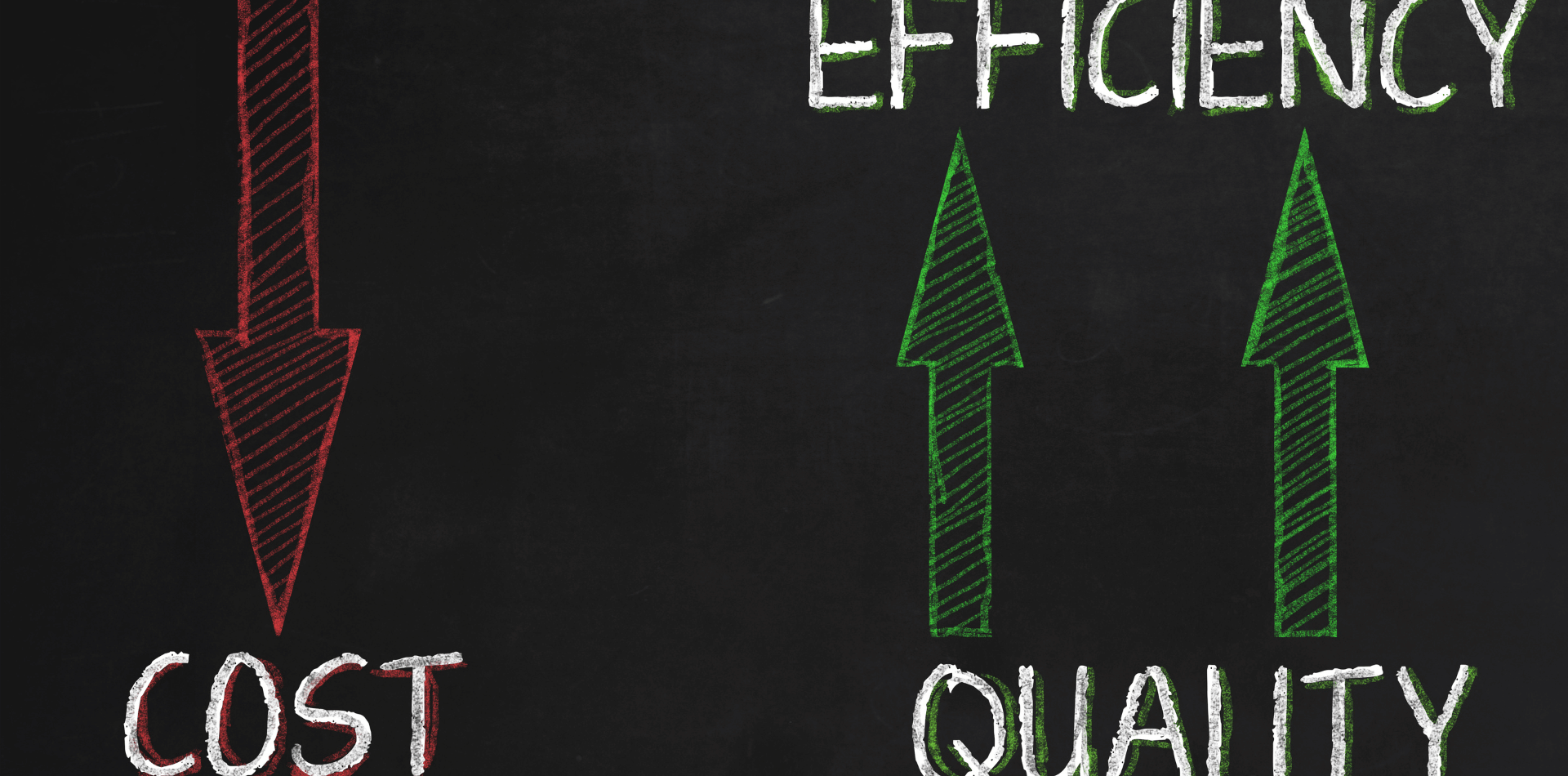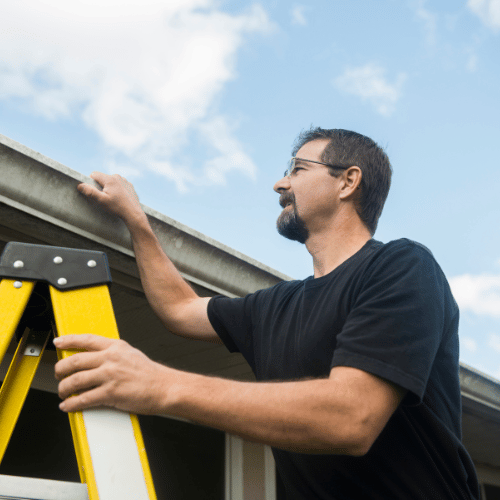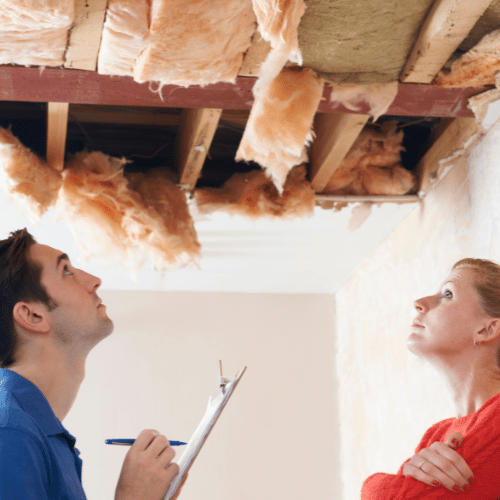Environmental Impact of Metal Roofing
Environmental Impact of Metal Roofing
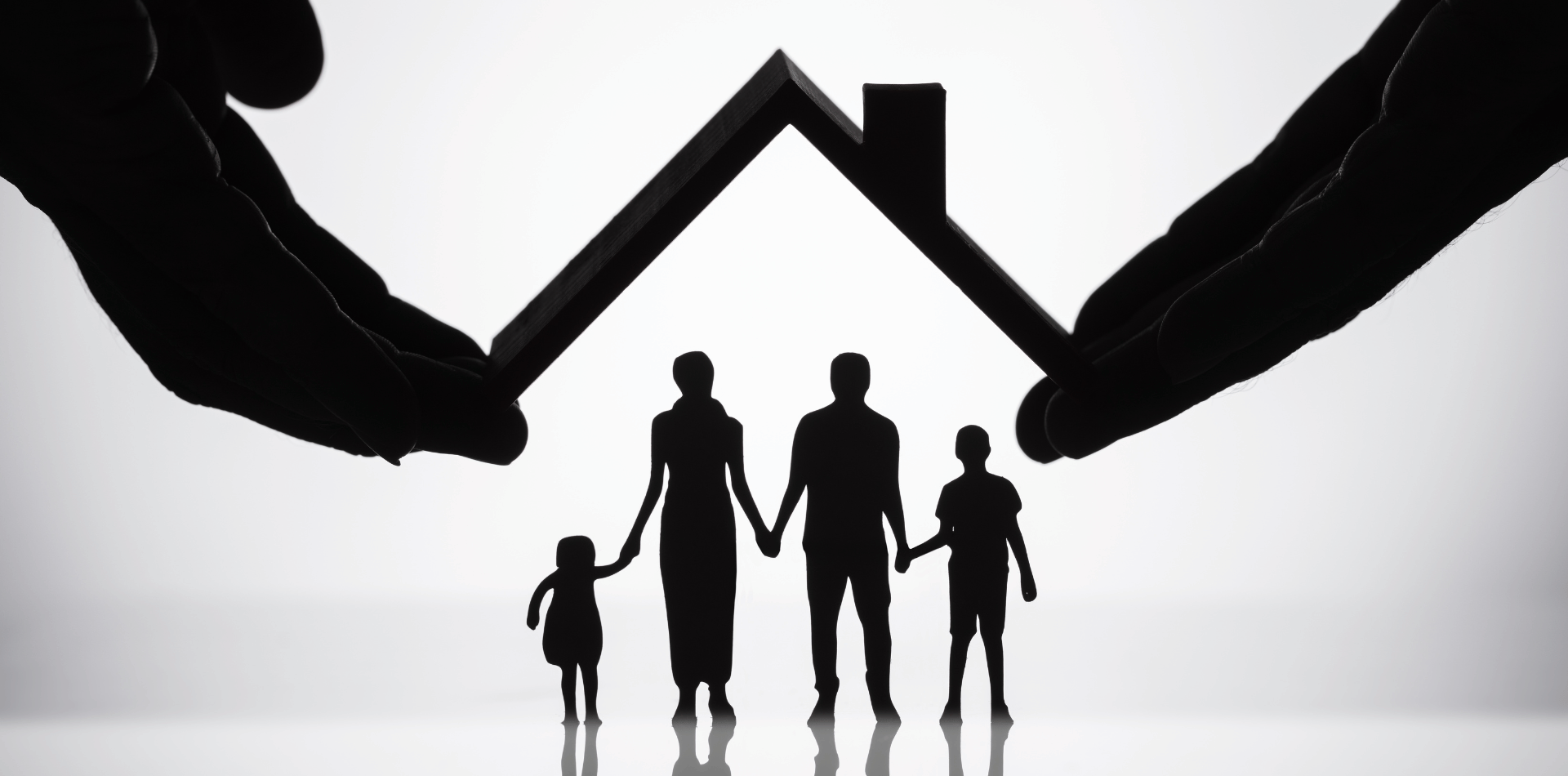
Sustainable Use of Materials in Metal Roofing
One of the standout features of metal roofing is its sustainable use of materials, which makes it an environmentally responsible choice for both residential and commercial buildings.
This sustainable approach encompasses several key aspects:
High Recycled Content
- Recycling Processes: Metal roofing materials, such as steel and aluminium, are often produced using a high percentage of recycled content. For example, steel roofing can contain up to 25-35% recycled steel, while aluminum roofing may contain up to 95% recycled aluminium. The recycling process for these metals involves melting down scrap metal and re-forming it into new products, which significantly reduces the need for virgin materials.
- Resource Conservation: By using recycled materials, the metal roofing industry conserves natural resources such as iron ore (for steel) and bauxite (for aluminium). This conservation reduces the environmental impact associated with mining and processing raw materials, which typically involves significant energy consumption and habitat disruption.
Energy Efficiency in Production
- Lower Energy Requirements: The production of recycled metal roofing materials requires less energy compared to the production of new metal from virgin ore. For instance, recycling aluminium uses only about 5% of the energy required to produce aluminium from bauxite. Similarly, recycling steel saves about 60-75% of the energy compared to making new steel from iron ore.
- Reduced Carbon Emissions: The reduced energy consumption in the production of recycled metals translates to lower carbon emissions. This reduction is crucial in mitigating climate change and decreasing the overall carbon footprint of building materials.
Long Lifespan and Durability
- Extended Use Period: Metal roofs are known for their durability and long lifespan, often lasting 40 to 70 years or more. This extended use period means that metal roofs do not need to be replaced as frequently as other roofing materials like asphalt shingles, which typically last 15 to 20 years. The longer lifespan reduces the frequency of manufacturing and installation cycles, thereby conserving resources over time.
- Less Frequent Replacement: The durability of metal roofing means that fewer materials are required for repairs and replacements. This reduction in material use not only conserves resources but also decreases the waste generated from roofing projects.
100% Recyclability
- End-of-Life Recycling: At the end of their useful life, metal roofs are 100% recyclable. This means that old metal roofing materials can be fully recycled into new products without losing their properties or performance. This closed-loop recycling process ensures that the materials remain in use indefinitely, reducing the demand for new raw materials and minimising waste.
- Landfill Diversion: Because metal roofing materials can be recycled, they do not end up in landfills at the end of their lifecycle. This diversion from landfills helps reduce the environmental impact associated with waste disposal and contributes to more sustainable waste management practices.
Minimal Environmental Impact During Installation
- Lightweight Nature: Metal roofing is lightweight compared to traditional roofing materials like tile or slate. This lightweight nature reduces the need for heavy structural support, which can decrease the amount of construction material required. Additionally, the ease of installation means that less energy and fewer resources are needed for transportation and labour.
- Less Construction Waste: The precise manufacturing of metal roofing panels results in less on-site waste during installation. Pre-cut panels and efficient installation techniques minimise offcuts and scraps, contributing to cleaner construction sites and less waste generation.
Contribution to Green Building Standards
- LEED Certification: Metal roofing can contribute to earning points for LEED (Leadership in Energy and Environmental Design) certification. LEED is a widely recognised green building certification program that rewards buildings for using sustainable practices. Metal roofing’s recycled content, energy efficiency, and recyclability all help buildings achieve higher LEED scores.
- ENERGY STAR® Ratings: Many metal roofs are ENERGY STAR® rated for their energy efficiency. These ratings indicate that the products meet stringent criteria for reflectivity and emissivity, helping to reduce energy consumption and lower energy bills. Buildings using ENERGY STAR® rated roofing materials can also qualify for rebates and incentives, further promoting sustainable building practices.
The sustainable use of materials in metal roofing highlights its environmental advantages and makes it a compelling choice for eco-conscious homeowners and builders. The high recycled content, energy-efficient production processes, long lifespan, and 100% recyclability all contribute to reducing the overall environmental impact of roofing projects. By choosing metal roofing, individuals and businesses can support resource conservation, reduce carbon emissions, and promote sustainable building practices, ultimately contributing to a healthier planet.
Energy Efficiency and Carbon Footprint
The energy efficiency of metal roofs contributes significantly to reducing the carbon footprint of homes:
- Reflectivity and Thermal Emissivity: Metal roofs are highly reflective, which means they reflect a substantial portion of solar radiation. This reduces the amount of heat absorbed by the roof, keeping the building cooler and reducing the need for air conditioning. High thermal emissivity allows metal roofs to release any absorbed heat quickly, further enhancing energy efficiency.
- Reduced Energy Consumption: By lowering the cooling and heating demands of a building, metal roofs help reduce overall energy consumption. This reduction in energy use leads to lower greenhouse gas emissions from power plants, which is beneficial for the environment.
- Cool Roof Technology: Many metal roofs are designed with cool roof technology, which includes special coatings that reflect more sunlight and absorb less heat. This technology enhances the energy-saving capabilities of metal roofs, making them an excellent choice for reducing energy bills and minimizing environmental impact.
Longevity and Durability
The long lifespan and durability of metal roofs also contribute to their environmental benefits:
- Extended Lifespan: Metal roofs typically last between 40 to 70 years, and some even longer. This long lifespan means fewer replacements and less frequent use of resources for manufacturing, transportation, and installation compared to shorter-lived roofing materials like asphalt shingles, which may need replacing every 15 to 20 years.
- Reduced Waste: The durability of metal roofs means less roofing waste over time. Fewer replacements result in fewer old roofing materials being discarded, reducing the volume of construction waste and its environmental impact.
Reduced Urban Heat Island Effect
Metal roofs can help mitigate the urban heat island effect, a phenomenon where urban areas experience higher temperatures than their rural surroundings:
- High Reflectivity: The high reflectivity of metal roofs helps lower surface temperatures, which can reduce the overall temperature of urban areas. This cooling effect can lead to a reduction in energy consumption for air conditioning and improve the comfort of urban environments.
- Cool Roof Certification: Many metal roofing products meet the criteria for cool roof certification, which means they meet specific standards for reflectivity and emissivity. Cool roofs are particularly effective in urban areas for reducing the heat island effect and improving air quality.
The environmental impact of metal roofing is overwhelmingly positive, making it an excellent choice for eco-conscious homeowners and builders. The use of recycled materials, 100% recyclability at the end of life, and energy efficiency all contribute to reducing the overall carbon footprint and conserving natural resources. Additionally, the long lifespan, durability, and ability to mitigate the urban heat island effect further enhance the environmental benefits of metal roofs. By choosing metal roofing, homeowners can enjoy a sustainable, cost-effective, and long-lasting roofing solution that aligns with environmental conservation goals.
You might also like


